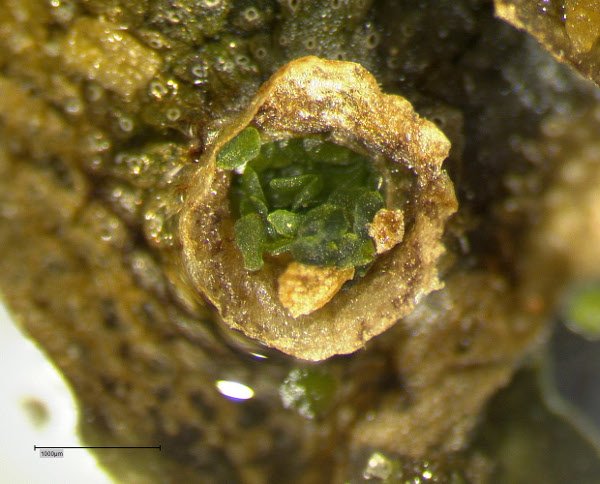Trends in biological research
Modern biology develops with breath-taking speed, ideas regarded only a few years ago as science-fiction are now becoming reality.
This velocity of development is also reflected by the number of scientific publications in the field.
According to ResearchGate, a scientific collaboration network, they have, as of 2012, a membership of 356000 researchers in the field of biology with over 9 Mio. publications,
thus clearly leading the field, followed by about 427000 members in the field of medicine with close to 8 Mio. publications.
Developments in research hot spots like synthetic biology, gene therapy, transgenetic organisms, nanotechnology, biofuels and advanced biomaterials are at the forefront of technological development.
At the same time humanity faces serious global problems like scarcity of food and energy, environmental pollution and ecologic degradation from unrestricted,
relentless growth, overpopulation, waste of resources and geographic imbalances in the use of such resources.
Some, if not all, of these problems arise from the progress and achievements of former scientific and technological innovations.
Thus, the biological technologies already established or just appearing at the horizon will certainly not arrive without controversity:
Will the new possibilities help to tackle the global challenges and alleviate man-made problems, or will new problems like drug driven longevity, bio piracy,
gene monopolies, exchange traded health, chaotic evolution, artificial humans and clones or nano pollution outweigh the possible positive effects ?
Nobody knows yet, but certainly there is demand for new ethics and ongoing philosophic considerations.
On the other hand these new technologies promise a future and opportunities for whole generations to be employed with.
Thus, this section aims at providing resources and giving comment on selected topics of modern biology, starting with the topic of:
Biofuels

A so-called gemma cup of the liverwort
Marchantia polymorpha (common or umbrella liverwort), filled with numerous small gemmae.These gemmae are units of vegetative propagation and are released when the cup is flooded by water (e.g. by rainfall)
Leica MZFL binocular with a JVC CCD Camera
